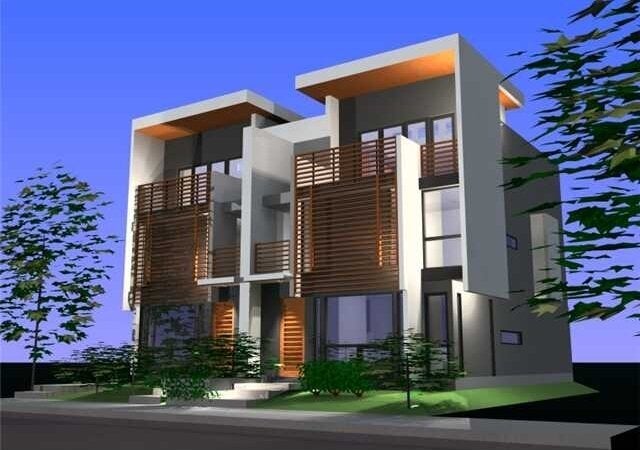
Construction of single-family homes in Canada’s largest cities is rapidly disappearing, the result of land shortages, changing policies and changing homeowner tastes.
The latest housing market outlook from Canada Mortgage and Housing Corp. shows that, despite booming home construction, Toronto will see a nearly 13-per-cent drop in the number of single-family homes built this year.
Of 32,400 housing starts forecast for the city this year, only 7,700 will be single detached homes, CMHC reported, down from 10,700 as recently as 2012. Single-family housing starts have dropped for five straight years, the agency said.
“Demand for condominium apartments [is] expected to remain strong as affordability erosion in the low-rise market pushes buyers (especially first-time) further into the condominium market,” the CMHC report said.
That “affordability erosion” could mean that, this year, popular inner-city Toronto neighbourhoods such as Lawrence Park, Forest Hill and Leslieville could see average house prices hit $2 million, the CMHC predicted.
A similar phenomenon is playing out in other major Canadian cities as well.
In Vancouver, where the shift to condos began earlier than it did in Toronto, less than a quarter of all housing starts this year will be single-family homes. The number built there is also expected to decline this year, b 2.8 per cent, though that decline matches an overall expected decline in housing starts this year.
In Montreal, single-family homes account for only about 15 per cent of all new homes built -- 2,500 of 16,100 forecast housing starts this year. (Like Vancouver, Montreal is forecast to see a decline in both single-family and multiple-unit housing starts this year.)
For those still hoping for a single-family home, CMHC suggests townhouses may be the answer. In Toronto at least, “townhouses will become the equivalent of the new single-detached home,” the agency predicts, for the simple reason that they are less expensive.
All the same, townhouses will account for 5,050 housing starts in Greater Toronto this year, compared to 18,550 condos. In other words, most buyers of new housing will have little choice but to buy condos.
Land constraints, such as southern Ontario’s Green Belt, are behind the lack of new single-family homes, CMHC says, as are municipal and provincial development policies that in recent years have mandated higher-density housing. But evolving tastes are also changing the housing market.
“A growing millennial population (aged 20-35 years) looking for an urban lifestyle will look towards condominium purchases within Toronto’s downtown core,” CMHC says.
“So too will wealthy baby boomers looking to downsize choose the condominium lifestyle, which is characterized by low maintenance and close proximity to amenities and transit.”
For Canada overall, the CMHC sees housing starts slowing by 4.1 this year, and it expects home sales through the Multiple Listing Service to fall by 1.1 per cent.
“A slowdown in housing starts and resale transactions in oil-producing provinces such as Alberta will be partly offset by increased housing market activity in other provinces, such as Ontario and British Columbia, which benefit from the positive impacts of declining energy prices, a lower Canadian dollar and continued low mortgage rates,” CMHC chief economist Bob Dugan said in a statement.
“Moreover, since the inventory of completed and unabsorbed units remains above the historical average, we expect the pace of new home construction to moderate over the next couple of years as builders focus on managing the existing inventory.”
CMHC’s second-quarter forecast calls for between 166,540 and 188,580 housing starts this year and between 162,840 and 190,930 in 2016.
That compared with a first-quarter outlook for housing starts to range between 154,000 and 201,000 units in 2015 and from 148,000 to 203,000 units the following year.
Regionally, Alberta is expected to see a 13.8 per cent drop in housing starts, while Saskatchewan is forecast to slip 21.3 per cent this year. Offsetting the decreases, Ontario is expected to gain 4.3 per cent.
Sales though the Multiple Listing Service are expected to range between 437,100 and 494,500 units in 2015, while the average MLS price is forecast to be between $402,139 and $439,589.
In 2016, MLS sales are expected to be between 424,500 to 491,300 units at an average price between $398,191 and $457,200.
Alberta is expected to be the big percentage loser with a drop in resales of 19.2 per cent this year, while Saskatchewan is expected to lose 9.8 per cent.
Ontario resales are forecast to gain 1.8 per cent, while B.C. is expected to add 6.5 per cent.
— With files from The Canadian Press
Also on HuffPost:
